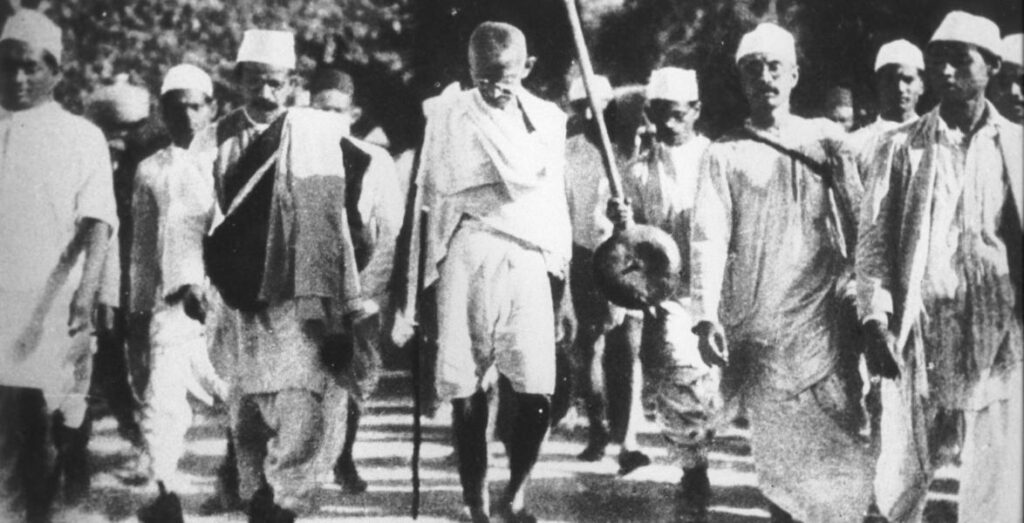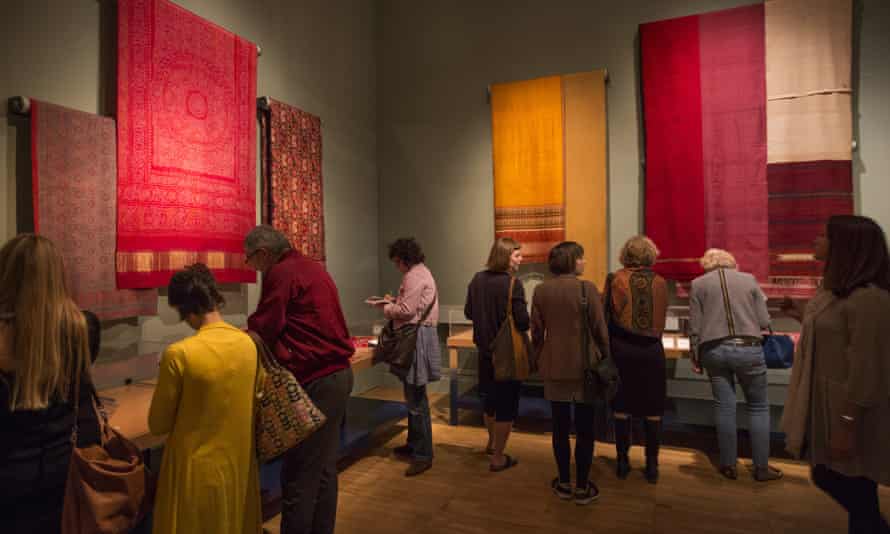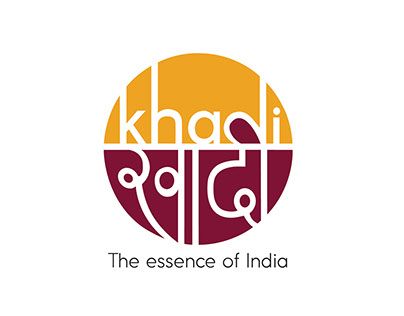Many great leaders fought the war of Indian Independence in kurtas and dhoti/ pajamas made of Khadi. After independence khadi had become a fashion statement, from the common public to the elite, all wearing Khadi due to its USP of being “swadeshi”. But Khadi lost its sheen during the 1960s and 70s when it got replaced widely by polyester and other synthetic fibers.

Challenges
The saleability of any textile depends on its USP and performance. For many years, the promotion for Khadi had been on emotional and political grounds while its quality and variety had been ignored completely. Khadi had very little to offer in terms of fabric performance. It looked attractive when starched and kept in showrooms but, it did not remain the same after washing. Even finer counts and blends of Khadi could not withstand many washes and thus, couldn’t be used for day-to-day purposes.
It was becoming extremely difficult for Khadi to compete with the high-tech, color-fast, wrinkle-free, mill-made cotton and blends available today. According to analysts, Khadi required government sanction in every single activity and had therefore been stuck in a bureaucratic swamp, unable to increase its output or raise the quality of the fabric.
Coming up of Khadi ensembles
In 1985, designer Devika Bhojwani pioneered the Swadeshi label of Khadi ensembles.

Those were distributed through nearly 5000 Khadi Emporia. To display Khadi’s potential and its unique selling proposition of being a totally natural garment that had nothing synthetic in it, the stage was already set. KVIC organized a fashion show in Mumbai in 1989. This was the first step towards changing Khadi’s earlier image of being unfashionable. Commenting on the poor state of Khadi, Devika Bhojwani said that failures in the Khadi sector were a result of red-tapism and bureaucracy prevalent in the Indian system. Even though the country had a wide distribution network, the middlemen, commissions, and cuts had gradually weakened the system. She further said that though the government was taking the initiative to revive Khadi, nothing much would improve until the implementation, and the cost per garment, etc. were controlled.
Coming together of Indian designers in displaying Khadi to the world
In 1990, the Delhi-based designer, Ritu Kumar presented her first Khadi collection, Tree of Life, which helped put Khadi in the fashion circuit. With the increasing interest of the western world in the use of handloom and Khadi due to its USP, many Indian designers began to use Khadi for their designs.

The government also made efforts to promote Khadi. In September 2000, Vasundhara Raje, Minister for Small Scale Industries, initiated a movement to revive all the 7,000 KVIC shops in India and make Khadi more fashionable and affordable. The KVIC Board hired the services of leading fashion designers to help create a new range and brand of Khadi wear.
In May 2001, KVIC set up the first air-conditioned shop in New Delhi. The décor was modern and the clothes were neat and fashionable. The outlet sold Khadi garments designed by high profile designers. On the opening of this outlet, well-known fashion designer, Rohit Bal commented, “Khadi is the Indian alternative for linen. It is as comfortable and now, we’ve proved that it is as fashionable”.
In January 2002, a high-profile textile exhibition, featuring Khadi ensembles designed by prominent Indian designers, was launched in New Delhi to popularise the traditional hand-spun cotton. The idea of the exhibition was to promote wholly handspun, handwoven, and hand patterned fabric, as a unique luxury product. The exhibition displayed western as well as traditional Indian attire made from the finest Khadi available in the country. Besides, nearly 110 varieties of the fabric (from the sheerest to the coarsest) were showcased.

With many designers experimenting with Khadi, the designs were no longer as simple as they used to be. A great deal of emphasis was given to the details of the designs and many new colors were introduced. Eco-friendly vat dyes were used. In order to compete with other varieties of textile and make it more acceptable in the market, improvisation was needed and new products and designs had to be developed. Keeping this objective in mind, in October 2001, KVIC signed a memorandum of understanding with the Ahmedabad-based National Institute of Design (NID) to provide design support in order to improve the diminishing market-share of Khadi.
Under the agreement, a special cell would be set up at NID (financed by the KVIC) to provide design support services in Khadi, village industries, packaging, marketing, communication, publicity, disseminating materials and other design-related activities.
Also Read: How Parle Agro’s Bailley Broke The Monopoly Of Bisleri
In July 2002, a collection of ensembles in ‘Tencel Khadi’ (a blend of Tencel and Khadi in the ratio 30:70) was created by Bangalore-based designer, Deepika Govind, in association with the Karnataka Khadi Board. Tencel offers the comfort and luxury of natural fiber as well as the performance and practicality of man-made fabric. Tencel Khadi showed lesser shrinkage (4-5%) as compared to the high shrinkage seen in Khadi garments (about 7%). Due to Tencel’s softness, it would become easier to work with Khadi and lend better drape quality to finished garments. Tencel Khadi would provide excellent scope for exports.

In 2002, the Austria-based company, Lenzing AG, proposed to make Khadi more eco-friendly by blending the biodegradable ‘modal fibre’12 with Khadi. This blend would absorb 50 percent more humidity than cotton. The blend, besides strengthening the Khadi yarn, would make it easy to wash and maintain. Thus adding to the overall USP.
Results
As a result of this continuous effort to revive khadi primarily on the basis of its, USP has started yielding good results both in terms of sales as well as revenues. Though it has a long road to travel yet.
To read more content like this, subscribe to our newsletter.



